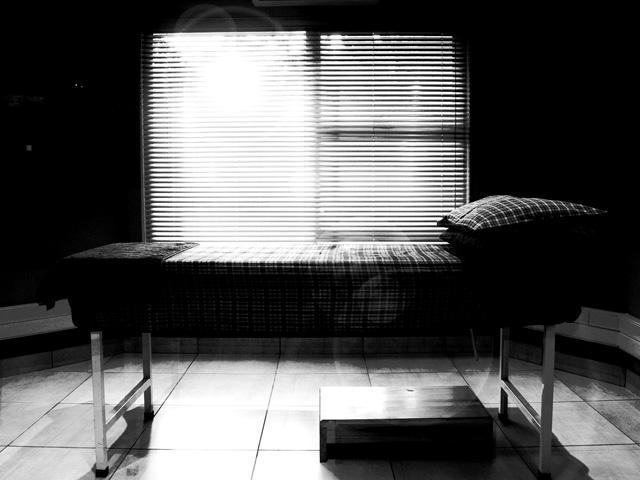
Back Surgery Exercises – Rooms

Rustenburg, 0299
Tel: +27 (0)14 592 8322
Netcare Ferncrest/Life
Peglerae/Medicare
Tel: +27 (0)14 592 8322
Lumbar Surgery
(Decompression, Fusion, Prosthesis, Laminectomy)
PROGRESSIVE EXERCISES
Do these exercises exactly as your physio prescribed.
Do not skip ahead to the next exercise until you have the permission of your physio.
Exercises should be done on both sides.
1 - Leg Stretches
a. Gluteus 1
b. Gluteus 2
c. Piriformis
d. Hamstring stretches
2 - Nerve tissue mobility
a. Lie down on your back.
b. Bend one knee as far as possible.
c. Hold your leg up with your hands behind your knee.
d. Your hip should be about 90° bend.
e. Gently straighten the knee upwards until you feel a gentle stretch.
f. Make sure that your thigh does not move.
g. Move your leg up and down 20 times.
3 - Straight leg raise
a. Lie down on your back.
b. Bend one knee up.
c. Lift the other leg straight up towards the ceiling.
d. Make sure your toes stay upright.
e. SLOWLY lower your leg.
4 - Core Activation
a. Lie down on your back.
b. Bend both knees up.
c. Press your back flat against the bed.
d. Try to move your belly button up towards your neck and in towards your spine.
e. Hold for 5-10 seconds.
5 - Bridging
a. Lie down on your back.
b. Bend both knees up.
c. Press your back flat as with exercise 4.
d. SLOWLY lift your buttock towards the ceiling.
6 - Active Range of Motion: start all ex’s with the brace on. Once comfortable repeat without the
brace.
a. Flexion
1. Place your hands on your thighs.
2. Slowly slide your hands down towards your knees.
3. Hold for 3-5 seconds.
4. Slowly use your hands to climb back up.
b. Extension
1. Stand close to a stable surface.
2. Bend slightly backwards.
3. Return to the upright posisiton.
c. Side flexion
1. Place your hands at your sides.
2. Slowly slide your left hand down to your left knee.
3. Hold for 3-5 seconds.
4. Slowly return to the upright position.
5. Repeat to your right.
7 - Once you have pain free range of motion you may start with more advanced
core exercises. Please ask your physio to assist you with this.
(Download the complete hospital exercise guidelines document)

Recent Comments